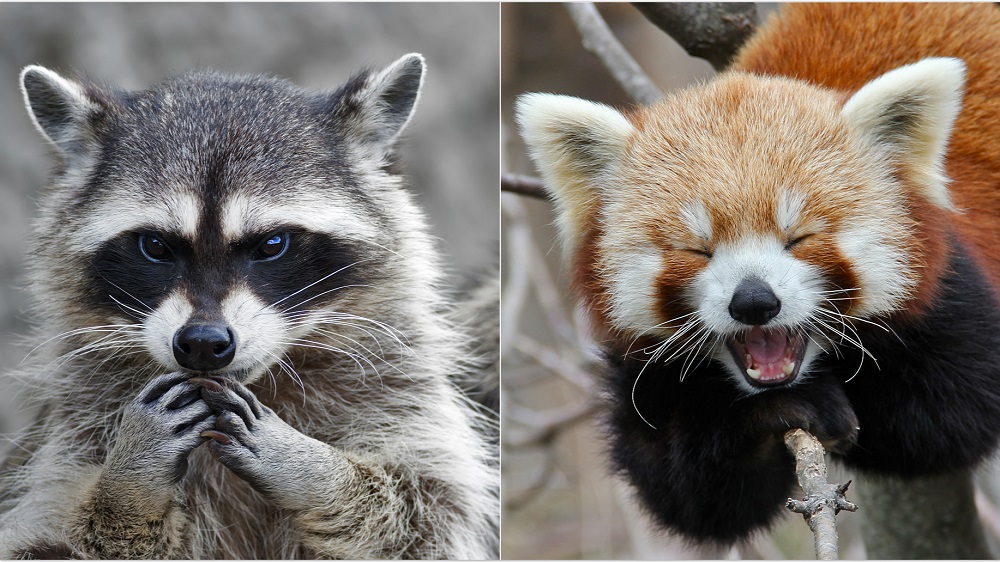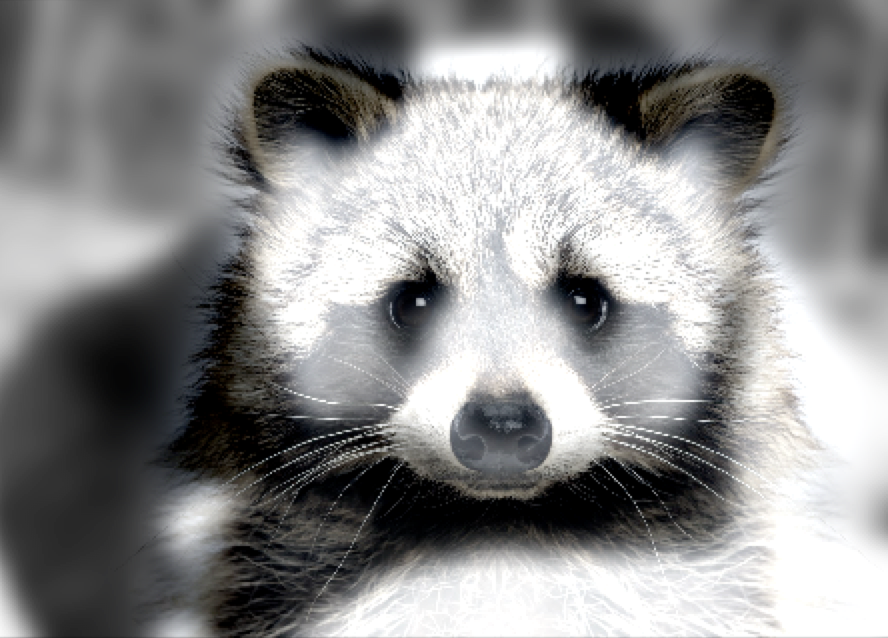
Introduction
When it comes to the diverse and intriguing world of animals, there are some species that capture our attention due to their unique characteristics and adorable appearances. Two such creatures that often spark curiosity are the raccoon and the red panda. Despite their distinct origins and physical attributes, there are surprising similarities between these remarkable mammals. In this article, we will delve into the shared traits and contrasting features of raccoons and red pandas, shedding light on their intriguing nature.

Origins and Habitat
Raccoons are native to North America, predominantly found in forests, marshes, and urban areas. With their adaptability, these intelligent creatures have managed to thrive in various environments, even venturing into cities in search of food. On the other hand, red pandas originate from the eastern Himalayas and southwestern China, inhabiting cool temperate bamboo forests. Their natural habitats offer an abundance of vegetation, which forms the primary source of their diet.

Physical Characteristics
One of the most evident disparities between raccoons and red pandas lies in their appearance. Raccoons possess a stocky build, resembling small bears, with distinctive black masks around their eyes and bushy, ringed tails. Their fur coloration varies, ranging from gray to brown, providing excellent camouflage in their surroundings. Red pandas, on the other hand, exhibit a more fox-like appearance. They have a reddish-brown coat, adorned with white facial markings and a long, striped tail.

Diet and Feeding Habits
Both raccoons and red pandas are omnivorous creatures, but their dietary preferences differ. Raccoons are opportunistic eaters, consuming a wide range of foods, including fruits, nuts, insects, small animals, and even human leftovers. Their dexterous paws enable them to manipulate objects and extract food. Red pandas, on the other hand, primarily feed on bamboo, with their diet consisting of other vegetation, fruits, insects, and occasionally small mammals. They have an extended wrist bone that functions as a thumb, aiding in grasping bamboo shoots.

Behavioral Traits
Both raccoons and red pandas exhibit fascinating behaviors that contribute to their survival in their respective habitats. Raccoons are known for their exceptional problem-solving skills and adaptability. They are primarily nocturnal creatures, displaying a high level of intelligence and curiosity. Raccoons are also skilled climbers and swimmers. Similarly, red pandas are solitary animals, occupying territories marked with scent glands. They are also adept climbers, spending a significant portion of their time in trees to avoid predators and conserve energy.

Reproduction and Life Cycle
When it comes to reproduction, raccoons and red pandas have distinct behaviors. Raccoons mate between January and March, with females giving birth to litters of 2 to 5 kits. These kits are born blind and deaf, relying entirely on their mother's care for the initial months. As for red pandas, they reproduce between January and March as well, with a gestation period of around 134 days. Red panda mothers build nests in tree hollows and give birth to 1 to 4 cubs. The cubs remain dependent on their mother for an extended period before becoming independent.

Conservation Status
Both raccoons and red pandas face conservation concerns due to various factors. Raccoons, although not classified as endangered, often struggle with habitat loss and encounters with humans, leading to conflicts. Red pandas, on the other hand, are classified as endangered by the International Union for Conservation of Nature (IUCN). The destruction and fragmentation of their bamboo forest habitats, coupled with illegal hunting and the pet trade, pose significant threats to their survival.

Conclusion
In conclusion, raccoons and red pandas, despite their dissimilarities, share intriguing similarities that highlight the wonders of the animal kingdom. From their adaptive behaviors to their unique physical characteristics, these enigmatic creatures continue to captivate our imagination. However, it is crucial to recognize the conservation challenges they face and work towards preserving their natural habitats, ensuring a sustainable future for raccoons, red pandas, and countless other remarkable species.